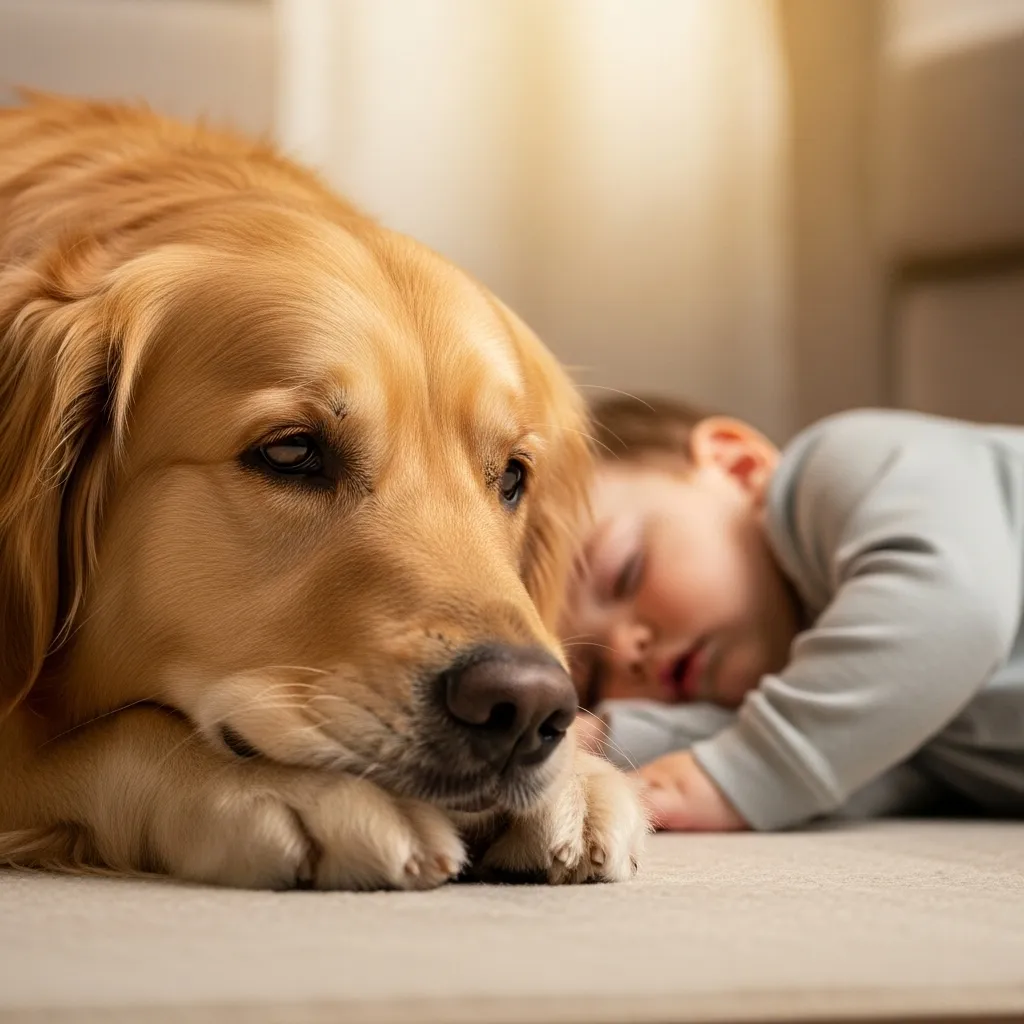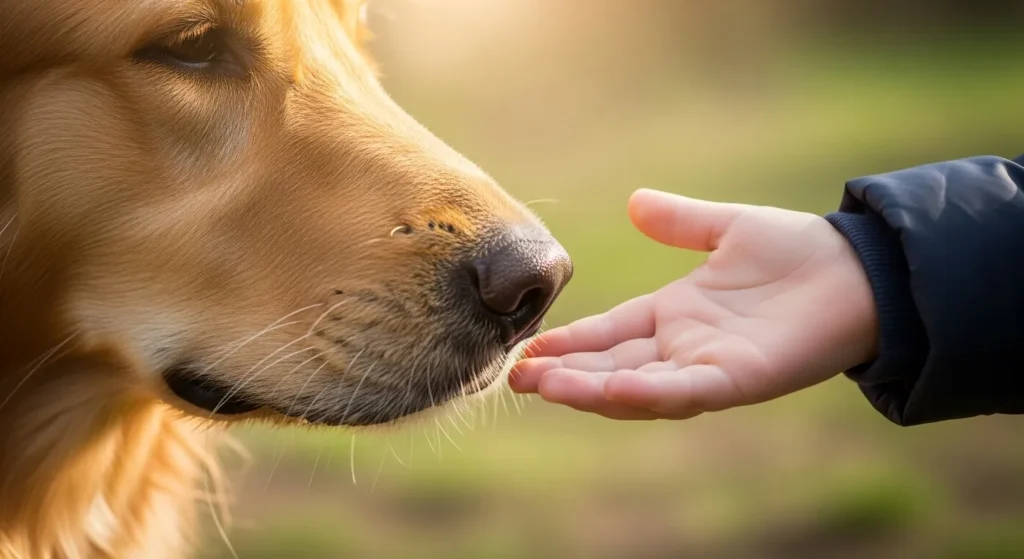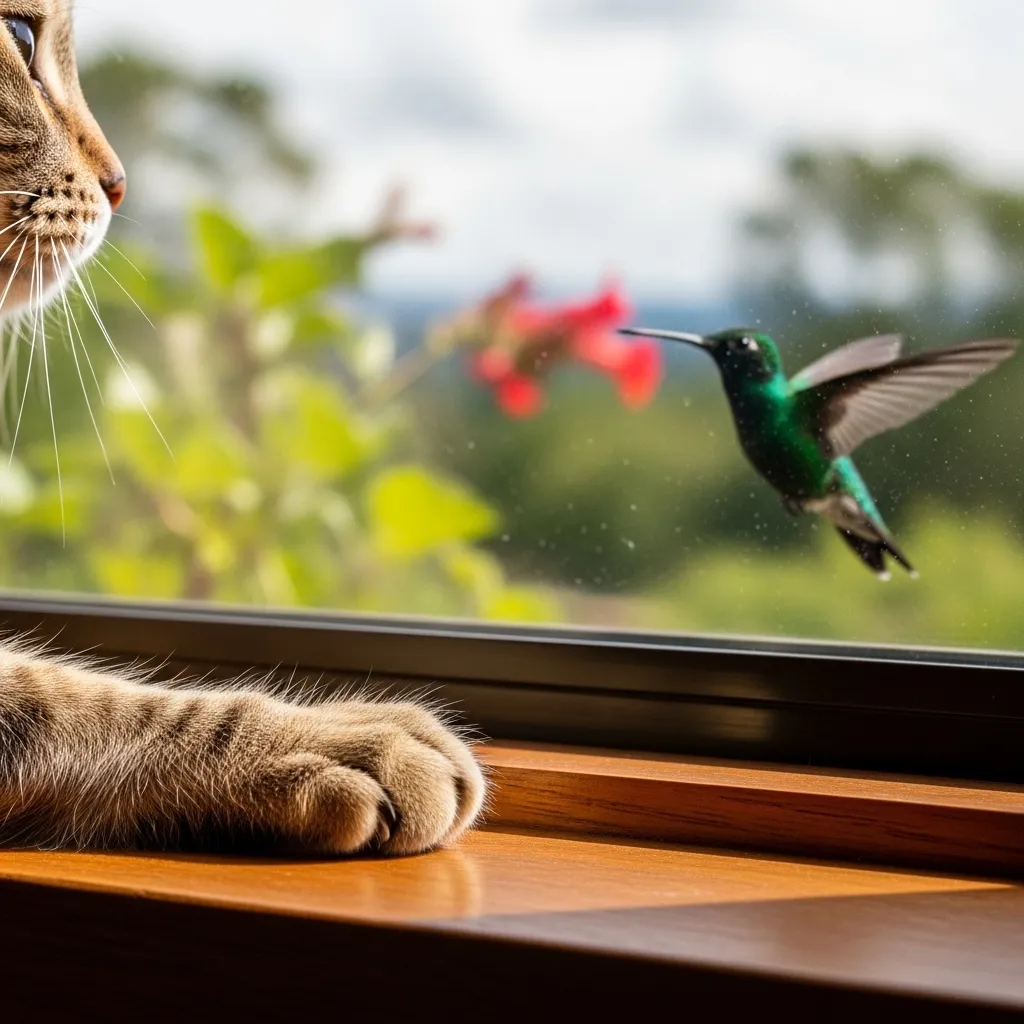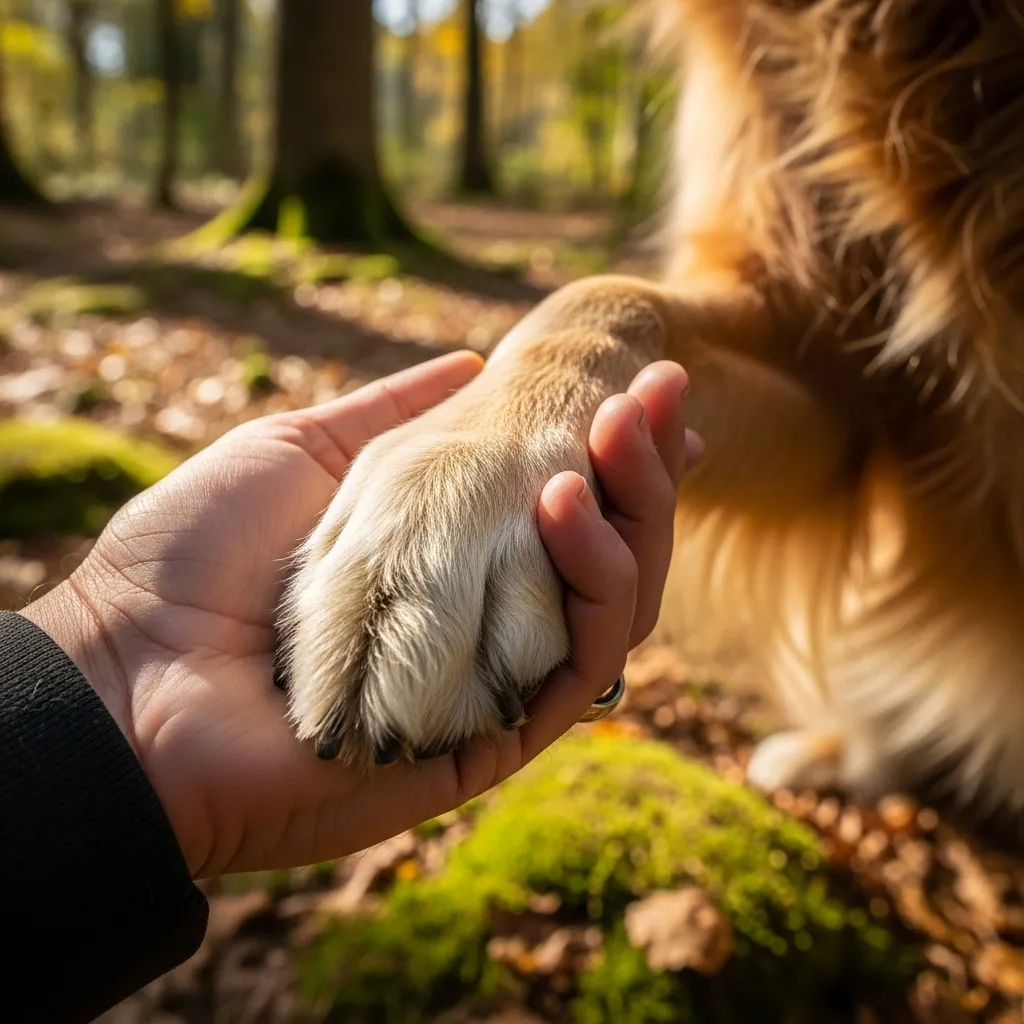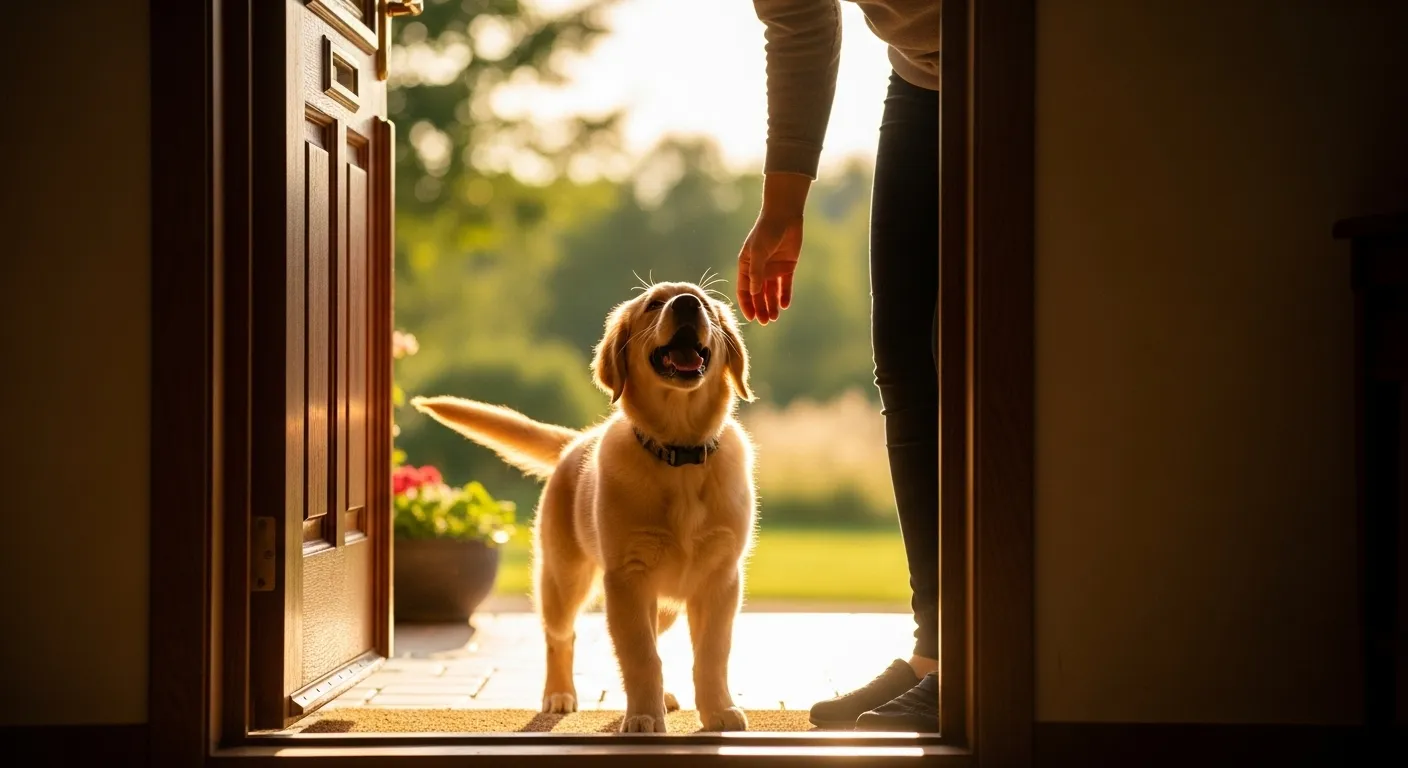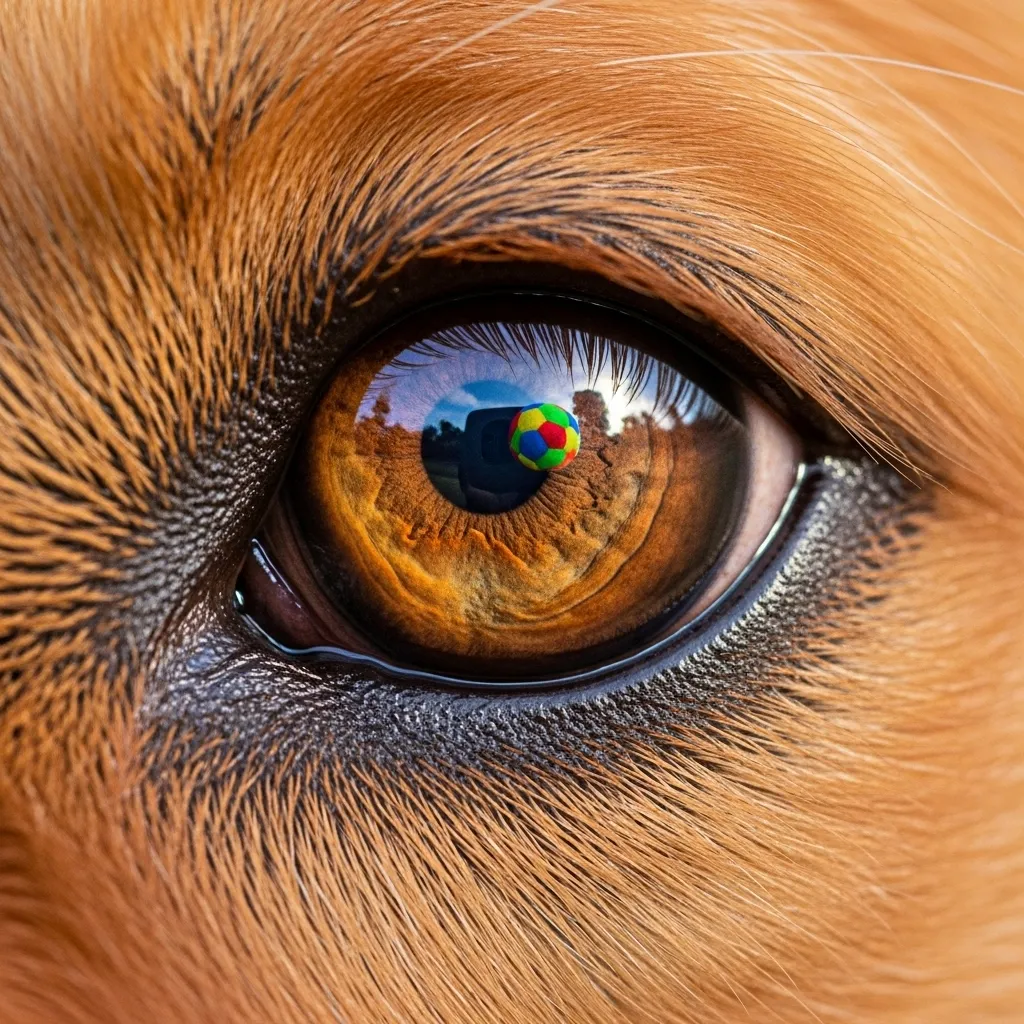There’s more and more evidence that pets, most particularly dogs, are very good for children. This evidence definitely helps a child who really wishes for a pet.
But in such cases, it’s so important to remember that a bond is not always instantaneous. There are certain things adults can do to help foster a good relationship, for both the pet and the child, while maximizing other benefits of a child having a pet.
In this article, we will discuss the intricacies of this relationship, so stick with us. You might learn a couple of truly helpful tips on how to navigate this complex period.
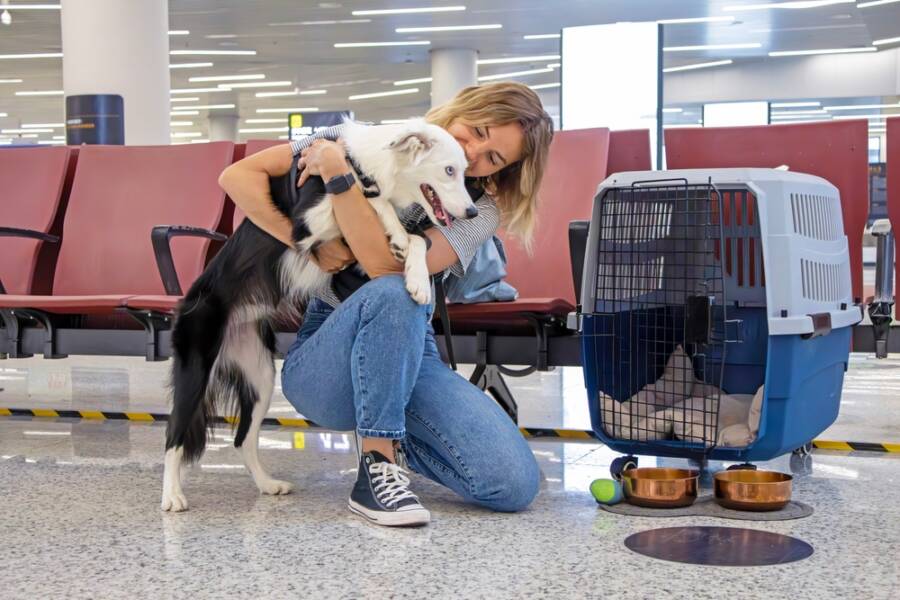
What are the benefits of having a pet for children?
According to a recent poll from the C.S. Mott Children’s Hospital, two-thirds of all families have pets. 76% of them are dogs, 41% are cats, 24% are fish, birds, reptiles, and 9% are small mammals such as rabbits and guinea pigs.
In this poll, 63% of the parents declared they got a pet for their child to have fun and a companion, and only 57% said it would definitely help teach their child how to be more responsible.
Besides companionship, there are plenty of other benefits of pets for children, such as responsibility, improved emotional, psychological, and physical health, satisfaction in personal relationships, companionship, loyalty, respect, love, empathy, and compassion.
How to introduce a pet to your kid
Anytime you introduce a pet to your kid, you have to make sure you are watching them interact. A child shouldn’t be left alone with a pet until you know both of them will be safe.
This is even more true for super young kids. Many pets can unintentionally bite or scratch a child, and kids are already known to be too rough at times, so much so that they end up hurting a pet if not closely monitored by an adult.
Just ask your kid to sit quietly in a chair or even on the couch, and just let the pet come to them or hold it for your kid to talk and maybe even pet it.
You can offer the pet some food, showing your kid how to do it, either from your hand or tossed on the floor. This will give them a chance to positively reinforce the experience for the pet.
Also, take notice of your pet and your child, and how they react. If the child or pet is too aggressive or rough, you might have to polish those interactions.
How to teach responsibility with pets
Rewarding your kid for properly caring for their pet is by far one of the best things you can do to fully reinforce responsible behavior.
Positive reinforcement, small prizes, and some monetary rewards for kids of an appropriate age can definitely help teach your child to take good care of their pet.
Well, putting weekly pet “chores” on a chart so your kid can easily keep track of them and mark off when a certain task is done helps motivate and remind them of their responsibilities.
As an adult, you should always make sure the assigned task is done. If it isn’t, just do it yourself so your pet doesn’t suffer in the end.
Finding your kid training the pet can be an enormous benefit for both the child and the pet. Trying something brand new, confidence-building when something is successfully done, as well as the joy of a long-term bond with an animal, are definitely worth the effort of encouraging your kid to absorb positive reinforcement techniques while working with the pet.
Naturally, dogs are usually great to train, but when it comes to cats, fish, rabbits, and other animals are quite trainable, so you should read more about training a specific pet and find creative ways to get your children involved and improve the bond.
Effective ways to foster a positive relationship between pets and kids
If children feel safe and they get enjoyment from a pet, they are more than likely to create a positive bond. To make sure your pet feels safe, make sure you put some precautions in place.
Create a refuge space for your pet
You should also find a place where your pet can escape to if they don’t want to be bothered by a child, and teach your child to respect these spaces.
This could be a dog crate, a cat tree, a rabbit house, or any other type of refuge, depending on your home and the type of pet you have.

Set rules for pet and child interactions
Not to sound too military, but it’s mandatory to set some ground rules for your child and their interactions with your pet, and help them understand their warning noises, as well as body language.
Children might not know too well what a growl or a hiss means, so it’s truly the parent’s job to explain these cues before they happen.
Teach your child what pet communication is
It is fairly important to get them accustomed to body language, as well as other communication signals, noises, and routine behaviors of the pet, before you even bring the animal back home. Talking to a vet who works with those types of animals is a wonderful resource about what normal behavior can truly look like. The entire family is more than welcome to participate in setting some ground rules, even long before a pet is brought into the home. This will set everyone up for success, as well as increase the chances of a strong bond long term.
Support long-term bonding through daily rituals
Daily rituals can really go a long way when it comes to building trust and connection between children and pets.
Feeding routines, short walks, as well as grooming sessions can create the right space for the child and pet to understand and learn each other’s rhythms.
Building predictability is also mandatory in a healthy, safe relationship of this kind. Encourage your kid to take part in these daily tasks because not only do they foster responsibility, but they also efficiently establish a sense of shared routine that can strengthen emotional bonds.
Moreover, consider involving your kid in decision-making processes when it comes to pet care. Choosing a brand new toy, picking out food, and selecting a name if the pet is new, all these can contribute to a sense of ownership and empathy.
Incorporate pets into family activities
Another essential strategy tip is integration. As you might know, pets shouldn’t be just an add-on to the household. They become an active part of family life.
Start including them in games, outdoor time, and family photos. This type of visibility normalizes the pet’s presence while also reinforcing their place in the family structure, which can be extremely affirming for a child.
Monitor emotional cues, then carefully address them
Last but not least, be attentive to emotional cues from both sides. Children can also experience anxiety, jealousy, and confusion, especially when a pet doesn’t instantly bond with them.
On the flip side, pets could feel stressed if they’re overwhelmed or overstimulated. The best way to go about it is to encourage open conversation and try to model empathetic responses to the pet’s behavior.
If you found this article useful, we also recommend checking: 8 Adorable Dogs You’ve Probably Never Heard Of (but Need to Meet)


